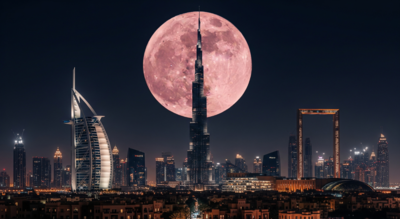
Stargazers across the United States are in for a visual treat as the annual “strawberry moon” graces the skies on the night of June 10.The Strawberry Moon isn’t pink, as the name suggests. This year’s phenomenon is special because it will coincide with a rare celestial event known as the Major Lunar Standstill, viewers won’t witness until 2043, according to the Weather Channel.Why it’s called the Strawberry MoonThe term “strawberry moon” dates back to Native American traditions, particularly those of the Algonquin tribes, who named the June full moon after the short harvesting season of wild strawberries in the north eastern United States. The name gained wider recognition in the 1930s through the Maine Farmer’s Almanac, which popularised various Native American lunar names, according to Newsweek.While the moon is unlikely to appear pink, it might adopt a soft orange tint during moonrise or moonset due to atmospheric scattering.What makes this year’s Moon special?This year’s event aligns with a major lunar standstill, a phenomenon in the moon’s 18.6-year cycle where it reaches its most extreme northern or southern point in the sky. This causes the full moon to rise and set at its lowest point on the horizon, offering a rare visual spectacle for night-sky enthusiasts.Best time and places to viewThe strawberry moon will rise in the south eastern sky around dusk on Tuesday, June 10, and reach full illumination at 3:44 am. EST on June 11. The moon will appear opposite the sunrise and remain visible until dawn.For the best viewing experience, experts recommend heading to areas with minimal light pollution, such as rural regions, elevated locations, and open fields or waterfronts. Urban dwellers can try local parks or terraces with a clear eastern view.














